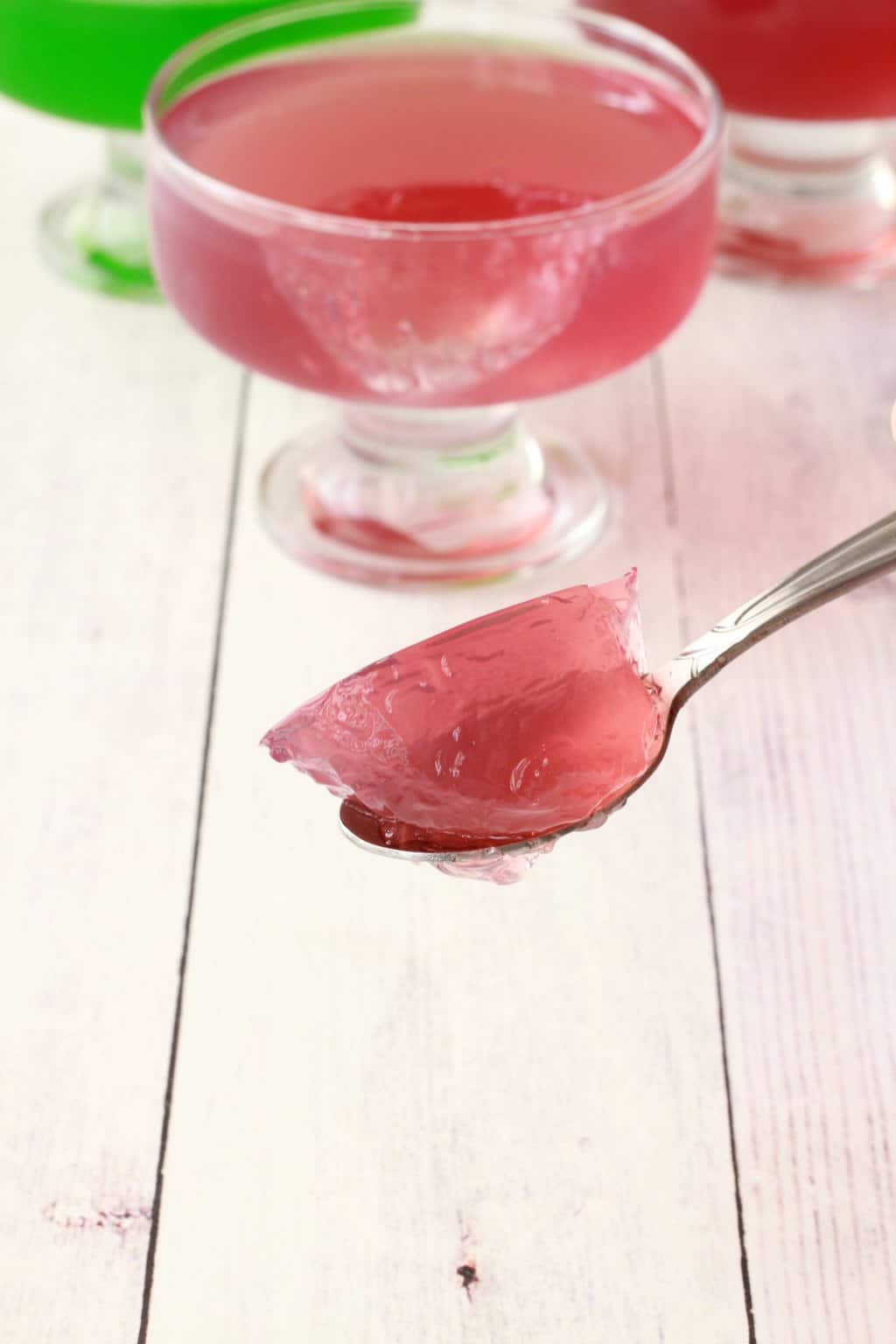

Research now indicates that the mold people usually scrape off the surface of jellies may not be as harmless as it seems. Be sure the pot has a close-fitting lid.Įven though sugar helps preserve jellies and jams, molds can grow on the surface of these products. A deep cooking pot with a rack may be used for a canner if it’s deep enough for one or two inches of boiling water above the tops of jars. A boiling water bath canner is necessary for processing all fruit spreads.

A jelly, candy, or deep-fat thermometer can be used to determine doneness in jellied products without added pectin.Jelly bags or cloths should be damp when extracting the juice. Firm unbleached muslin or cotton flannel with the napped side turned in, or four thicknesses of closely woven cheesecloth may be used. A jelly bag or suitable cloth is needed when extracting juice for jelly.A heavy metal is best because it allows even heat distribution. A large 8- or 10-quart saucepan is recommended because jellies and jams have a tendency to boil over.Group III: Always needs added acid, pectin or both – Apricots, Blueberries, Figs, Grapes (Western Concord), Guavas, Peaches, Pears, Plums (Italian), Raspberries, Strawberries Equipment & Containers Group II: Low in natural acid or pectin and may need addition of either acid or pectin – Apples (ripe), Blackberries (ripe), Cherries (sour), Chokecherries, Elderberries, Grapefruit, Grape Juice, bottled (Eastern Concord), Grapes (California), Loquats, Oranges Group I: If not overripe, has enough natural pectin and acid for gel formation with only added sugar – Apples (sour), Blackberries (sour), Crabapples Cranberries, Currants, Gooseberries, Grapes (Eastern Concord), Lemons, Loganberries, Plums (not Italian), Quinces Pectin & Acid Content of Common Fruits Used to Make Jelly Tested recipes must be used to make jellies without added sugar, and these products usually must be stored in the refrigerator or freezer. Too little sugar prevents gelling and may allow yeast and mold growth. Do not try to reduce the amount of sugar in traditional recipes. Use tested recipes for replacing sugar with honey and corn syrup. Corn syrup and honey may be used to replace part of the sugar in recipes, but too much will mask the fruit flavor and alter the gel structure. Granulated white sugar is the usual type of sugar for jelly or jam. Sugar: Sugar serves as a preserving agent, contributes flavor and aids in gelling. Commercial pectin products contain acids that help to ensure gelling. For fruits low in acid, add lemon juice or other acid ingredients as directed. If there is too little acid, the gel will never set if there is too much acid, the gel will lose liquid (weep). Follow the manufacturer’s directions for using commercial pectin and do not interchange liquid and powdered pectins.Īcid: The proper level of acid is critical to gel formation. The use of commercial pectin simplifies the process, but jelly made without added pectin contains less sugar and tastes fruitier. Because fully ripened fruit has less pectin, one-fourth of the fruit used in making jellies without added pectin should be under-ripe. All fruits contain some pectin, but some must be combined with fruits high in pectin or with commercial pectin products to obtain gels. Pectin: Pectin is a substance in fruits that forms a gel if it is in the right combination with acid and sugar.

Preserve the fruit in its own juice and note how much sugar is added to allow for that in the jelly recipe. If you preserve your own fruit, use ¼ slightly under-ripe and ¾ fully ripe fruit. Commercially canned or frozen fruit preserved in its own juice may be used to make jellied products, but pectin must be added. Good-quality, flavorful fruits make the best jellied products. It also supplies the water to dissolve the rest of the necessary ingredients and furnishes some or all of the pectin and acid. Adair Hoover, Clemson HGIC Common Ingredientsįor proper texture, jellied fruit products require the correct combination of fruit, pectin, acid and sugar.įruit: Fruit gives each spread its unique flavor and color.


 0 kommentar(er)
0 kommentar(er)
